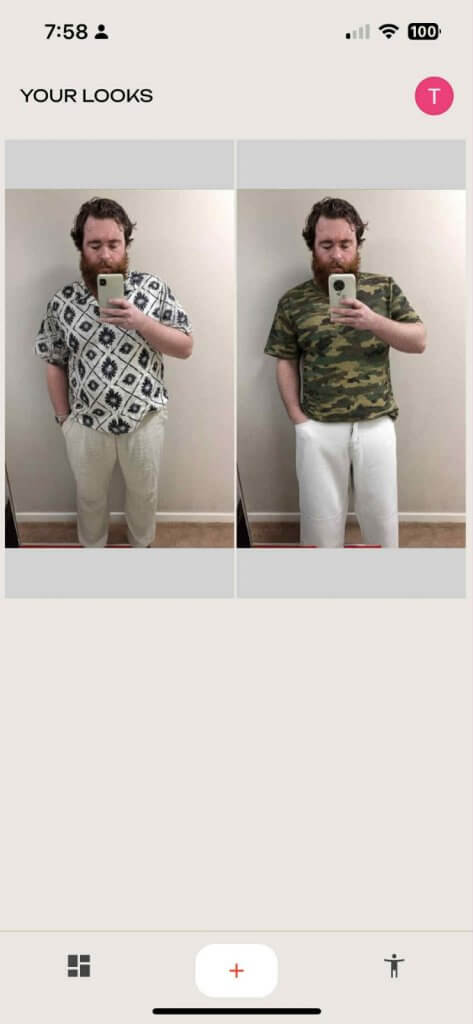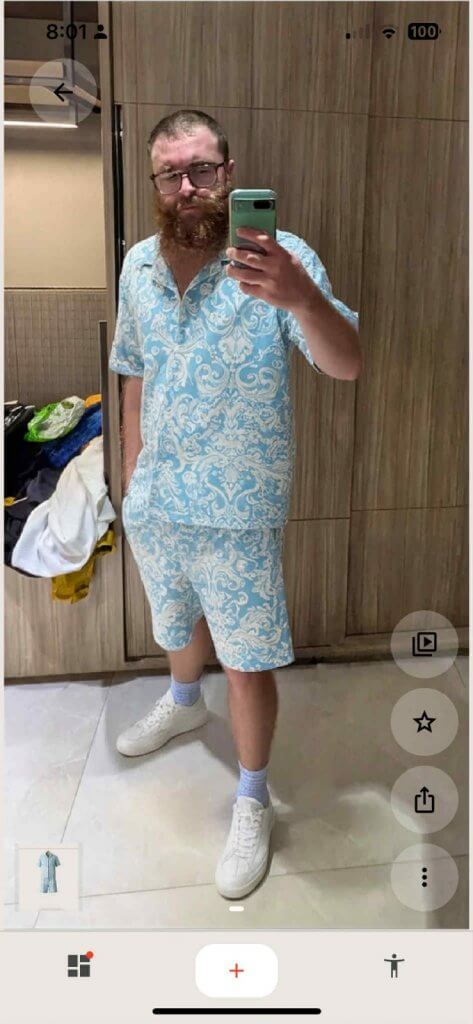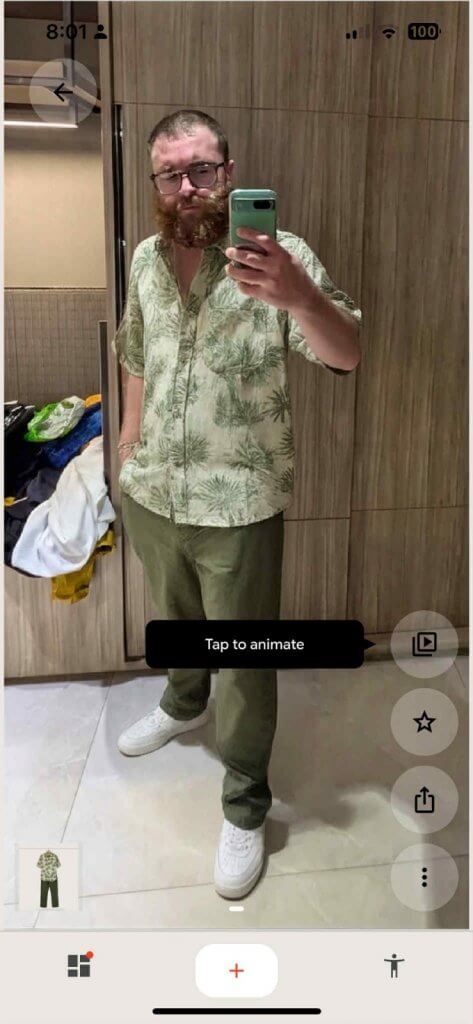Google Doppl: How AI Try-Ons Could Redefine Fashion Discovery
When Google launches something new through its Labs division, it often signals a bigger shift. The latest example is Google Doppl, an experimental app that lets you upload a full-body photo and see how you might look wearing outfits you find online.
It is part dress-up tool, part AI demo, and while still early and imperfect, it hints at how fashion discovery could change and is another great example of how Search is evolving and increasingly becoming multi-modal.
What is Google Doppl?
Doppl is a virtual try-on app that uses generative AI and computer vision to create clips of you wearing different clothes. You upload a well-lit full-body photo, then add a screenshot or image of any outfit from Pinterest, Instagram or a shop. The app generates a short video that shows how the clothes might look and move on you.
Unlike Google Shopping’s existing “Try On” feature, which shows static images of clothing on you, Doppl adds movement. It simulates how fabric might drape or shift as you pose, walk or turn. It is another step in Google’s effort to make fashion visualisation more realistic and accessible.
The Experience So Far
When it works, the results can be impressive. The AI recognises shapes and patterns, adjusting outfits to your pose. But it sometimes makes avatars slimmer or distorted, and animation often fails to load.
While some testers have reported that the AI struggles with trousers, I wasn’t able to replicate this. One thing I was able to replicate however, is the “slimming” effect.

These are common issues for an app still in testing, but they also show how complex it is to merge human identity with AI imagery. Google has set limits to stop explicit or political use, but technical accuracy still needs work.
Google’s Vision for Doppl
Google says Doppl helps people explore their style. It builds on Google Shopping’s virtual try-on tools, which already let users test clothing with photos of themselves. Doppl expands this by allowing inspiration from anywhere on the web, from a friend’s look to an influencer’s post.
The app’s experimental status is important. Google Labs’ product managers said it will grow through user feedback, following the pattern of other AI projects where early users help improve the models.
Why Fashion Brands Should Pay Attention
For fashion businesses, Doppl is more than a fun tech launch. It points to what is coming next.
From browsing to becoming
Online shopping depends on product images and size charts. Doppl changes that by letting users imagine themselves wearing the outfit before they buy. This could reshape how shoppers make choices.

Fewer returns, better fit data
If AI try-ons can show fit and movement accurately, brands could reduce returns. Over time, data from these sessions could improve sizing systems and product recommendations.
Social sharing
Doppl encourages users to share AI-generated looks on social media. Each post becomes free promotion for the brands shown, especially if Doppl links to Google Shopping in future.
Discovery beyond brand sites
Doppl lets people try clothes from anywhere online, not just from one retailer. This creates a new type of discovery where brands compete through inspiration as well as listings.
The Road Ahead for AI Fashion
The current version of Doppl is not perfect, but the direction is clear. Future versions could include better body modelling, measurement options and more realistic fabric movement. It could also connect directly with online shops for smoother shopping.

There are also questions about privacy.
Uploading photos means trusting Google with personal data. The company says it uses safeguards, but as virtual identity becomes more central to shopping and self-expression, brands will need to protect users carefully.
From Experiment to Ecosystem
Doppl is an early glimpse of a much larger change. It is not just about trying on clothes but about how people imagine themselves online. For Google, it is a step toward a system where AI connects discovery, self-expression and shopping.
For fashion brands, the influence point is shifting. People will not just see products; they will see themselves in them. The brands that adapt to that emotional link will shape the next era of digital fashion.
Optimising for Doppl
Based on early testing, it seems that fashion brands wanting to appear naturally in Doppl need to focus on clear product imagery and good data structure.
Outfits that are bright, full length and well labelled with details such as colour, fabric and fit are more likely to be recognised by Doppl’s AI.
Using detailed metadata through schema markup can help Google understand each product better, increasing the accuracy of visual matches.
In time, optimising for Doppl will mean thinking past search rankings and making sure your products are easy for AI to display, identify and interpret inside visual tools.